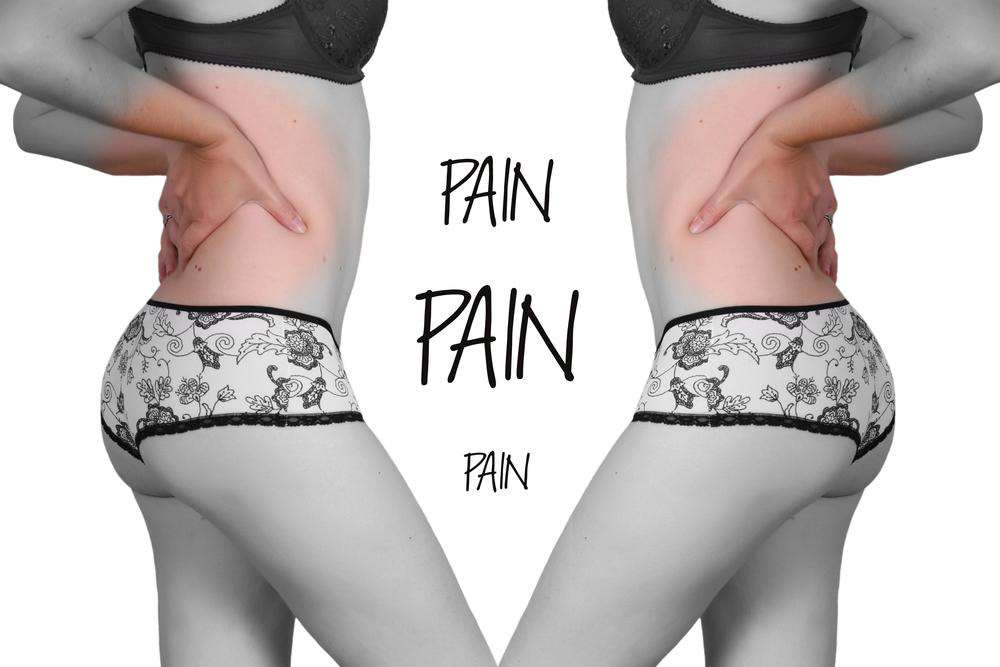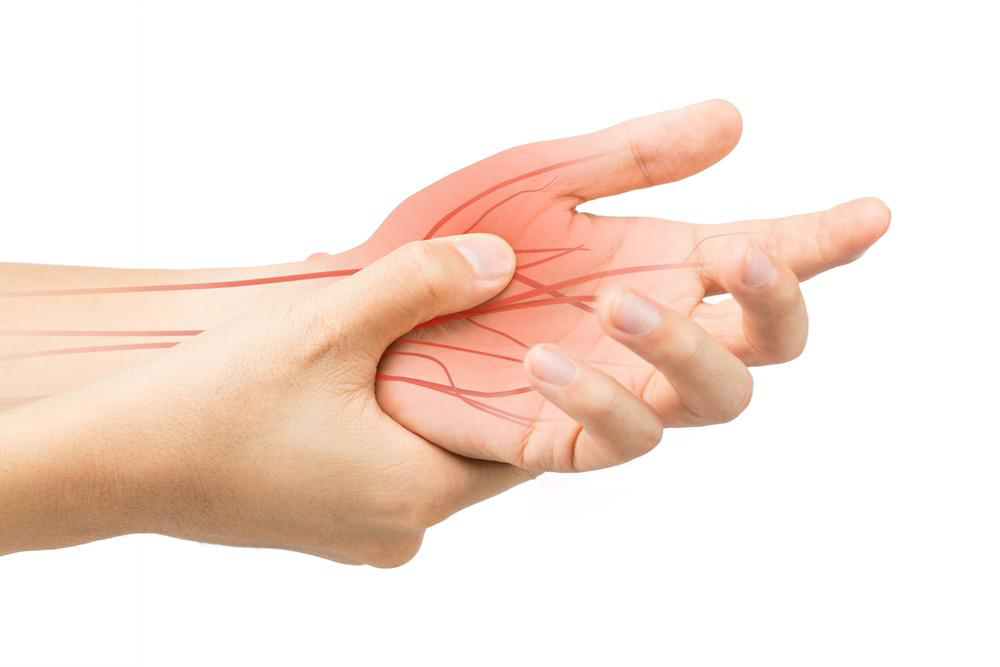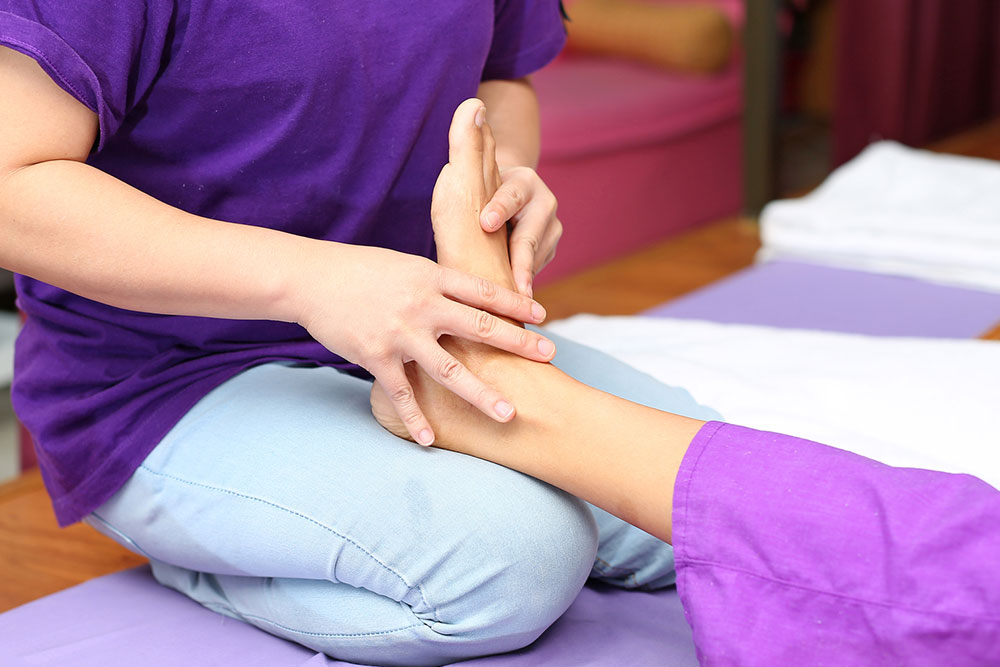Effective Strategies for Relieving Nerve Pain
Learn effective methods to relieve nerve pain through posture correction, rest, heat therapy, stretching, and medical consultation. Early intervention can prevent long-term damage. Consult healthcare professionals for personalized care and surgical options if conservative treatments fail. Proper diagnosis and treatment are essential for nerve health and pain management.

Effective Strategies for Relieving Nerve Pain
The nervous system plays a crucial role in our body, with nerves extending from the brain and spinal cord to transmit vital signals throughout. When a nerve becomes compressed or pinched, it can send confusing signals, often manifesting as pain—a warning sign that intervention may be needed. Ignoring these signals could lead to minor or severe, temporary or persistent issues. Prompt medical consultation is essential at the first sign of discomfort to prevent long-term damage or complications.
Proper diagnosis and early treatment are vital. Nerve compression often results from pressure exerted by bones, muscles, cartilage, or ligaments. The impact on nerve function can cause pain, numbness, dizziness, or a burning sensation akin to pins and needles. Rest, posture adjustments, and conservative therapies typically help most recover within days or weeks. In some cases, surgery becomes necessary to restore blood flow and nerve nourishment when conservative methods are insufficient.
Common nerve pain relief methods include:
Posture Improvement: Changing sitting or standing habits can significantly reduce nerve pressure. Using standing desks or taking frequent walks helps prevent aggravation. Avoid prolonged sitting or lying down, which can worsen symptoms. Incorporate standing or walking sessions into your routine whenever possible.
Rest and Activity Modification: Adequate rest is crucial. Avoid activities that intensify pain, such as running or extensive typing. Resting the affected area helps promote healing.
Support Devices: For wrist nerve issues like carpal tunnel syndrome, wrist braces or bandages provide stabilization and relief, especially overnight.
Stretching Exercises: Gentle, guided stretches can alleviate nerve tension and improve mobility. Avoid deep stretches that cause discomfort, and increase intensity gradually over time.
Heat Therapy: Applying heat pads to tense muscles eases stiffness and provides quick relief. Use for 15-20 minutes regularly to soothe the affected area.
Ice Application: Ice packs reduce swelling and dull acute pain. Apply directly to the area for 10-15 minutes to achieve best results.
Elevating Legs: For lower back nerve issues, elevating legs with knees bent at 90 degrees can help. Perform this twice daily for effective relief.
Medication: Over-the-counter anti-inflammatory drugs such as ibuprofen or aspirin can help manage severe pain, but should be used under medical supervision.
Seeking Medical Help:
Contact a healthcare professional if pain persists despite posture correction and rest.
If nerve pain affects bladder or bowel control, immediate medical attention is necessary.
Severe limb numbness or weakness also warrants professional evaluation.
Diagnosis may involve nerve conduction studies like EMG, MRI, or CT scans. Always consult a doctor if symptoms worsen or interfere with daily activities. Proper medical guidance ensures safe and effective treatment options tailored to your condition.










